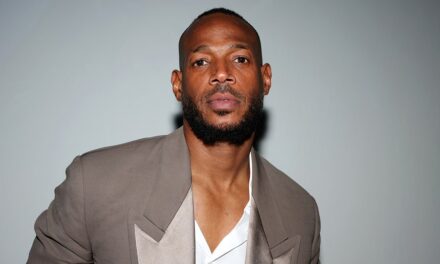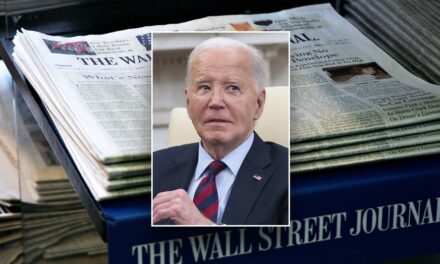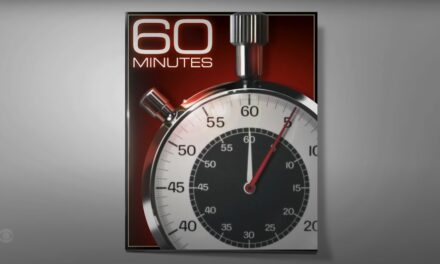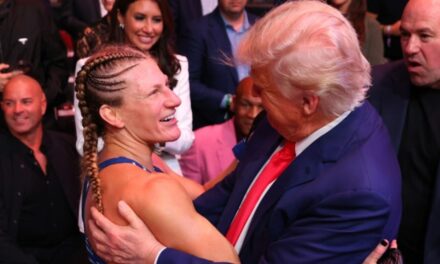The recent riots in Los Angeles have sparked a heated debate regarding media coverage and the narratives presented by mainstream outlets. As violence erupted in various neighborhoods, many are questioning whether the portrayal of these events, particularly by liberal media outlets, has been fair or comprehensive. Detractors argue that the media has downplayed the severity of the riots, labeling the violence as isolated incidents rather than part of a broader issue that warrants serious attention.
In stark contrast, the same media outlets have extensively reported on protests against Immigration and Customs Enforcement (ICE), often characterizing them as peaceful demonstrations aimed at raising awareness about immigration policies. This juxtaposition raises concerns about the consistency and objectivity of media reporting, particularly in how different forms of dissent are portrayed.
The media’s framing of the Los Angeles riots has drawn scrutiny from both sides of the political spectrum. Critics argue that liberal media has minimized the violence associated with the riots, which have resulted in widespread destruction and even injuries. By categorizing the riots as isolated events when, in fact, they consist of multiple incidences of unrest, there is a risk of undermining the serious implications of such violence on the communities affected.
Supporters of this view observe that the scale and nature of the riots reflect underlying social tensions and frustrations that cannot simply be dismissed as random acts of violence. Many of these critics believe that the media’s portrayal may be influenced by its overall political stance, leading to a bias in the coverage of events based on whether they align with certain narratives or political agendas.
Meanwhile, the protests against ICE have received largely sympathetic coverage. Media reports often highlight the peaceful nature of these demonstrations and the motivations behind them, such as advocating for immigrant rights and opposing aggressive deportation practices. While these motivations are undeniably important, critics argue that the media tends to overlook the complexities inherent in these protests, such as the potential for escalation or violent confrontations with law enforcement.
The stark contrast in coverage raises critical questions about how media shapes public perception of violence and dissent. For many individuals, media narratives can influence how they interpret events and understand the broader sociopolitical landscape. When the media chooses to label riots in Los Angeles as isolated incidents, there looms the possibility that it diminishes the lived experiences of those directly impacted by the violence, as well as the broader social implications of such unrest.
The Los Angeles riots serve as a poignant reminder of the necessity for responsible journalism. Coverage should encompass not only the immediate events of violence but also the underlying causes and societal tensions that contribute to such outbursts. A nuanced understanding is crucial in fostering dialogue around complex social issues rather than resorting to oversimplifications that may obscure the truth.
To individuals who have been adversely affected by the riots, the media’s portrayal can feel dismissive, potentially exacerbating feelings of vulnerability and fear. When politicians and public officials call for calm while the media downplays the events, it can create a sense of disconnect between the narratives presented and the reality experienced by citizens. Furthermore, it raises questions regarding accountability and the responsibility of media to provide a thorough, accurate representation of events.
Protests against ICE, while essential to the discourse surrounding immigrant rights, must also be subject to the same critical lens applied to other forms of protest. Understanding the full scope of these demonstrations, including instances of tension and conflict, is essential to capturing the truth of the movements. A one-sided narrative diminishes the realities faced by different groups within society and the implications of their actions.
The role of the media is not merely to report events but to provide context, analysis, and a platform for diverse voices. Failing to do so can mislead the public, ultimately hindering meaningful discourse. By presenting a skewed narrative that praises peaceful protests while downplaying the severity of riots, the media risks creating divisions rather than fostering understanding among communities.
As society continues to grapple with issues of inequality, treatment of marginalized groups, and the implications of governmental policies, it is paramount that media outlets adopt a holistic approach to reporting. This includes acknowledging and addressing the multifaceted causes of civil unrest while providing comprehensive coverage that accurately portrays the full spectrum of dissent.
The calling for responsible journalism becomes even more pressing in an age where information is disseminated rapidly through various platforms. Engaging critically with news coverage can empower audiences, equipping them with the tools to discern narratives presented in the media and encouraging them to seek out more diverse viewpoints. Misinformation, bias, and selective reporting can lead to dangerous consequences, further entrenching divides in society.
Ultimately, the path towards fostering a more informed public discourse requires media that commits itself to accuracy, fairness, and empathy. Understanding the complexities of civil unrest, whether through riots or protests, is crucial to addressing the underlying issues at play rather than merely focusing on sensational aspects of violence. By striving for a more balanced approach, media can contribute to healing divisions and encouraging understanding within communities.
In conclusion, as the unrest in Los Angeles unfolds, the spotlight is not just on the events themselves but on the media’s role in framing these occurrences. The disparate coverage of riots and protests provokes an essential conversation about accountability in journalism and the necessity for equitable representation of all voices. It emphasizes the responsibility of media to not only reflect reality but to engage with it critically, prompting discourse that enhances understanding rather than fuels division.
































